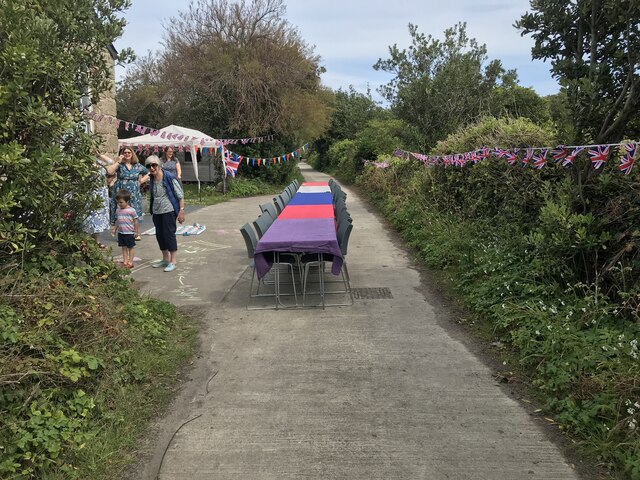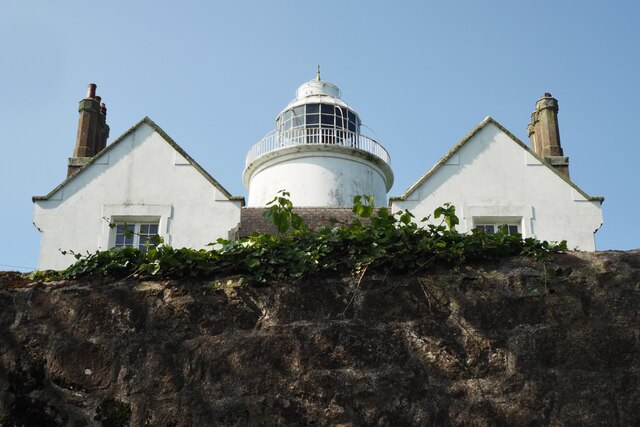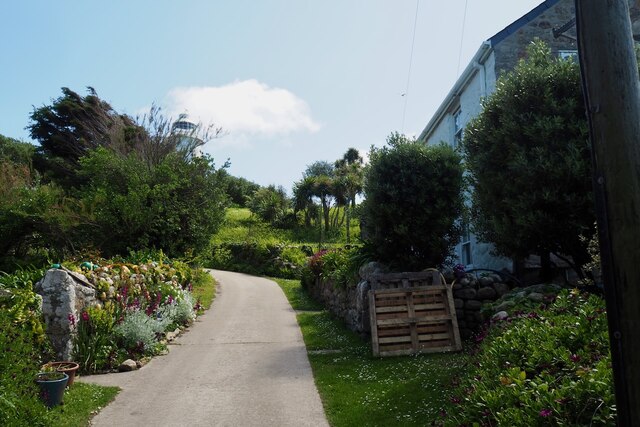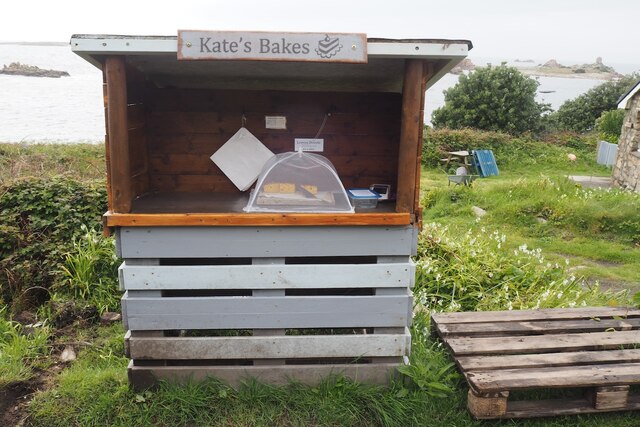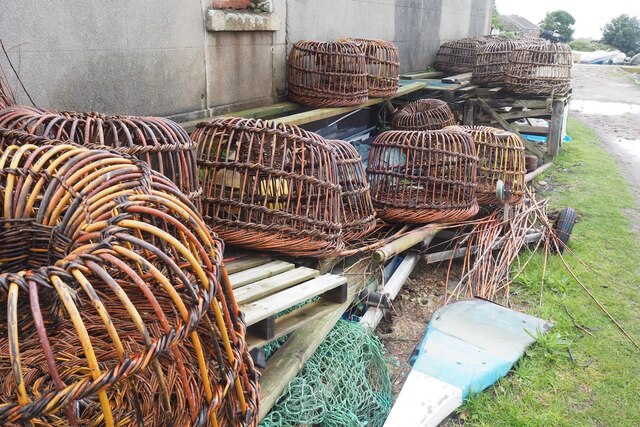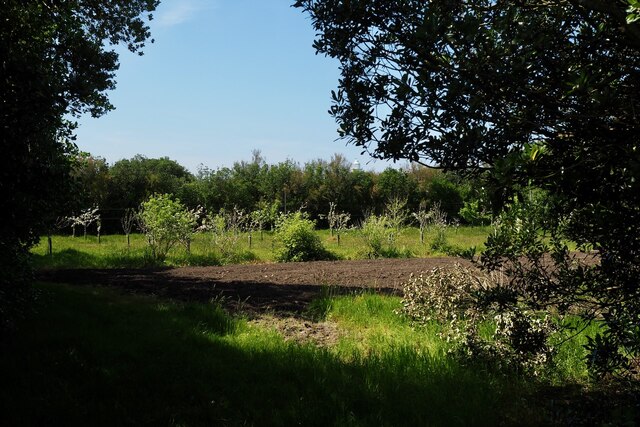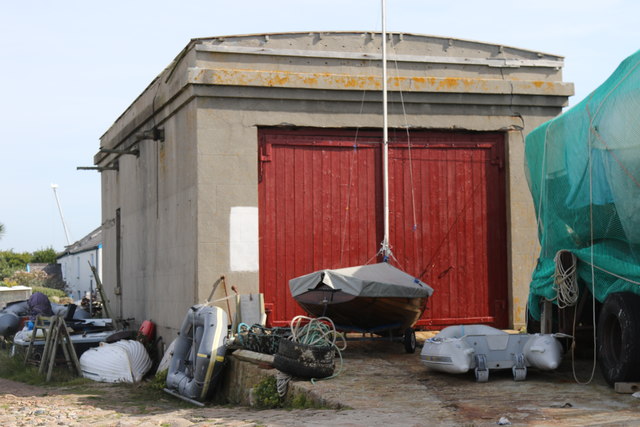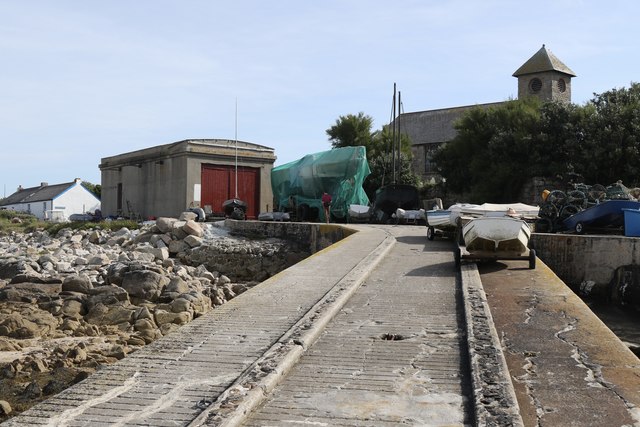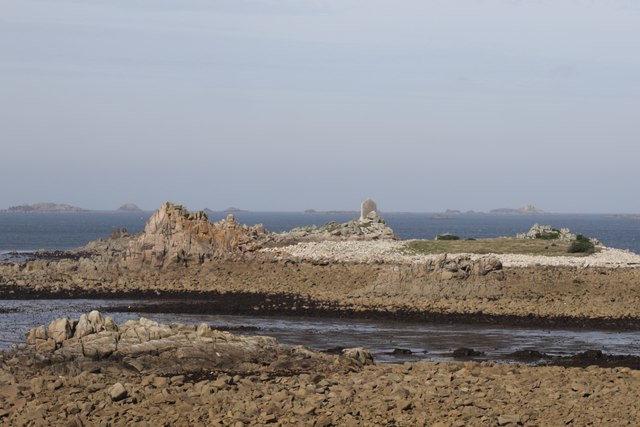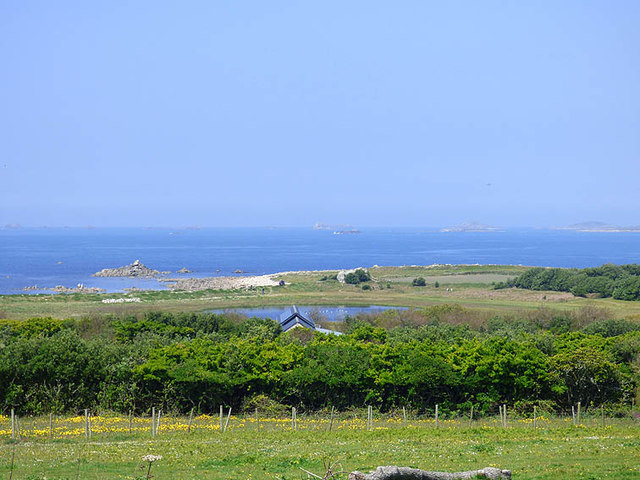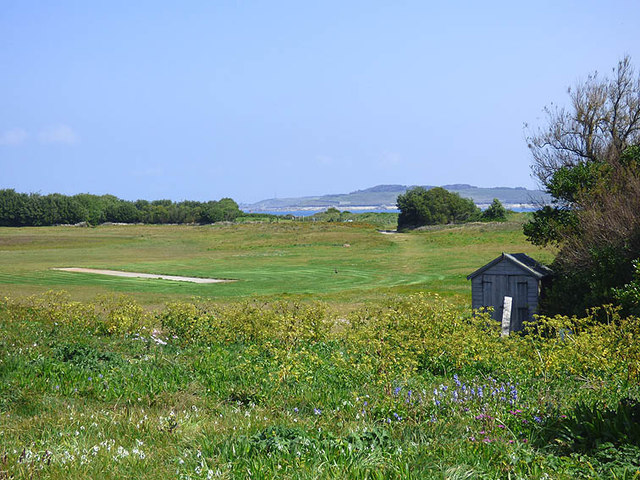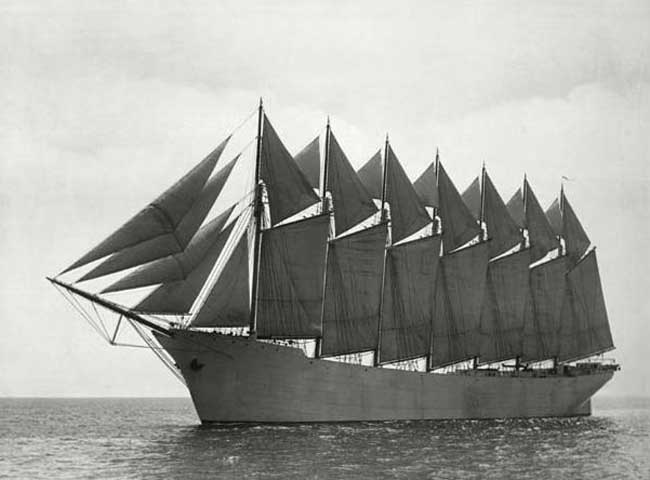Black Rock
Coastal Feature, Headland, Point in Cornwall
England
Black Rock
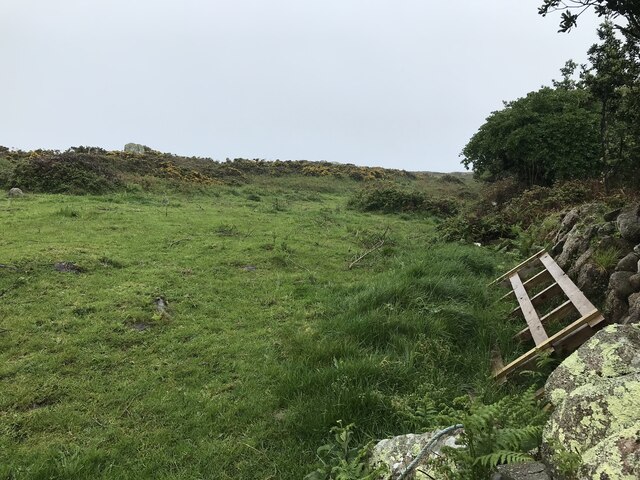
Black Rock is a prominent coastal feature located in Cornwall, England. Situated on the southwestern tip of the county, it is known for its picturesque headland and rocky point jutting out into the Atlantic Ocean. The headland is formed by a cluster of jagged black rocks, which lend the feature its name.
Black Rock offers breathtaking panoramic views of the surrounding coastline, with its towering cliffs and crashing waves. Its strategic location provides an ideal vantage point for observing the rugged beauty of the Cornwall coast. The headland is also a popular spot for birdwatching, as it attracts a variety of seabirds, including gulls, cormorants, and puffins.
Access to Black Rock is relatively easy, with a well-maintained coastal path leading visitors to the site. However, caution is advised, as the rocks can be slippery and treacherous, especially during high tides or inclement weather. The point itself is not accessible to the public, as it is surrounded by steep cliffs and dangerous currents.
Black Rock is also steeped in local folklore and history. Legend has it that smugglers used the area to hide their loot, taking advantage of the rugged terrain and secluded caves. In fact, remnants of old smuggling routes can still be seen in the vicinity.
Overall, Black Rock is a captivating coastal feature that offers both natural beauty and historical intrigue. Its dramatic cliffs, wildlife, and tales of smugglers make it a must-visit destination for nature enthusiasts and history buffs alike.
If you have any feedback on the listing, please let us know in the comments section below.
Black Rock Images
Images are sourced within 2km of 49.889164/-6.3682861 or Grid Reference SV8607. Thanks to Geograph Open Source API. All images are credited.

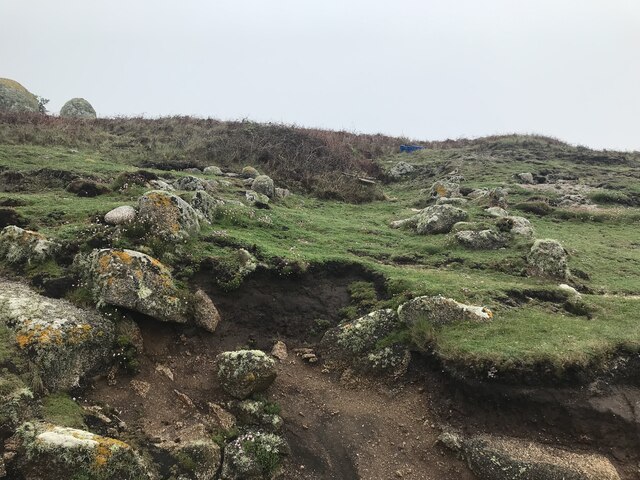
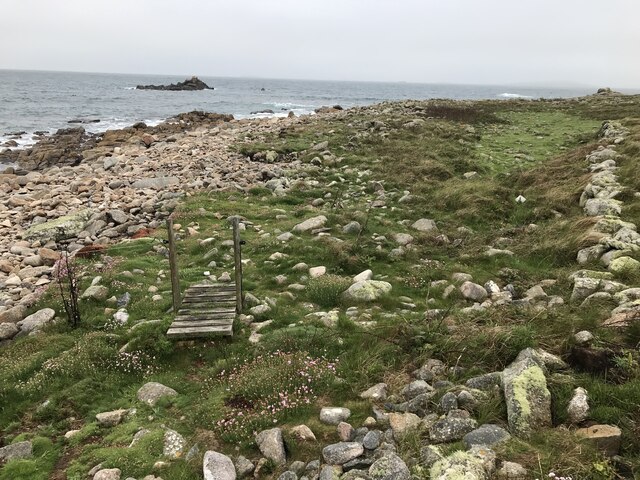
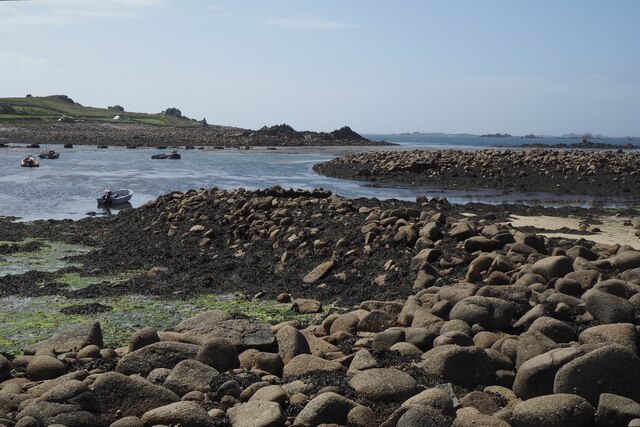
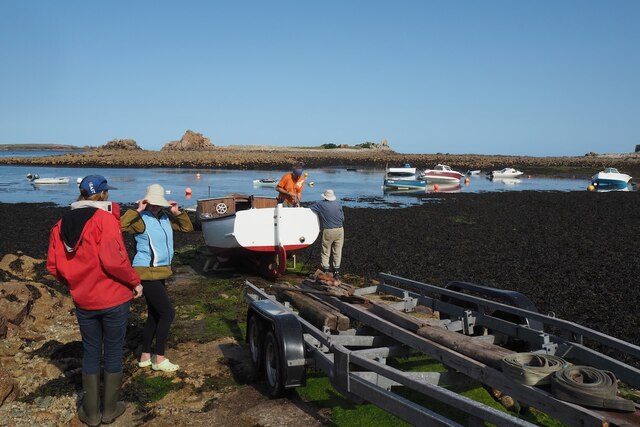
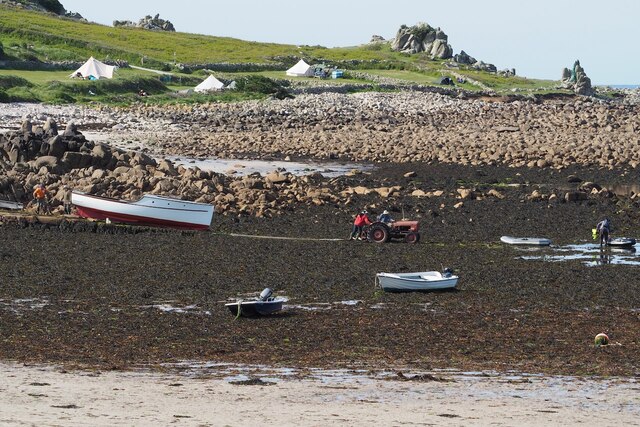
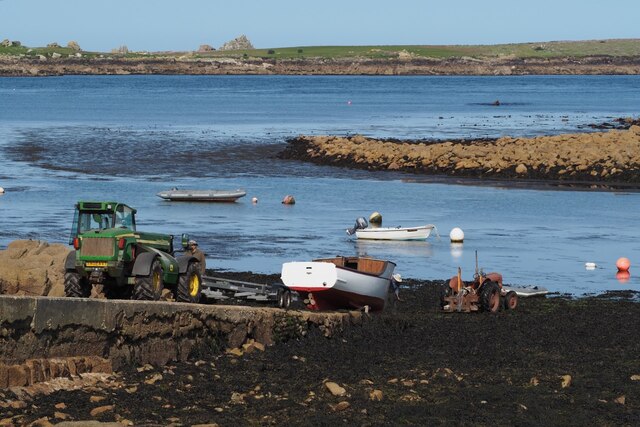
Black Rock is located at Grid Ref: SV8607 (Lat: 49.889164, Lng: -6.3682861)
Division: Isles of Scilly
Unitary Authority: Isles of Scilly
Police Authority: Devon and Cornwall
What 3 Words
///somewhere.grand.fairway. Near St Agnes, Isles of Scilly
Nearby Locations
Related Wikis
Annet, Isles of Scilly
Annet (Cornish: Anet, lit. 'kittiwake') is the second largest of the fifty or so uninhabited Isles of Scilly, 1 kilometre (0.62 mi) west of St Agnes with...
Thomas W. Lawson (ship)
Thomas W. Lawson was a seven-masted, steel-hulled schooner built for the Pacific trade, but used primarily to haul coal and oil along the East Coast of...
Burnt Island, Isles of Scilly
Burnt Island is a small, uninhabited island in the Isles of Scilly, Cornwall, United Kingdom. It is covered in thrift and long grasses. and is linked to...
St Agnes Lifeboat Station, Isles of Scilly
St Agnes' Lifeboat Station was situated in St Agnes, Isles of Scilly and provided a service for the Royal National Lifeboat Institution from 1891 to 1920...
Nearby Amenities
Located within 500m of 49.889164,-6.3682861Have you been to Black Rock?
Leave your review of Black Rock below (or comments, questions and feedback).
